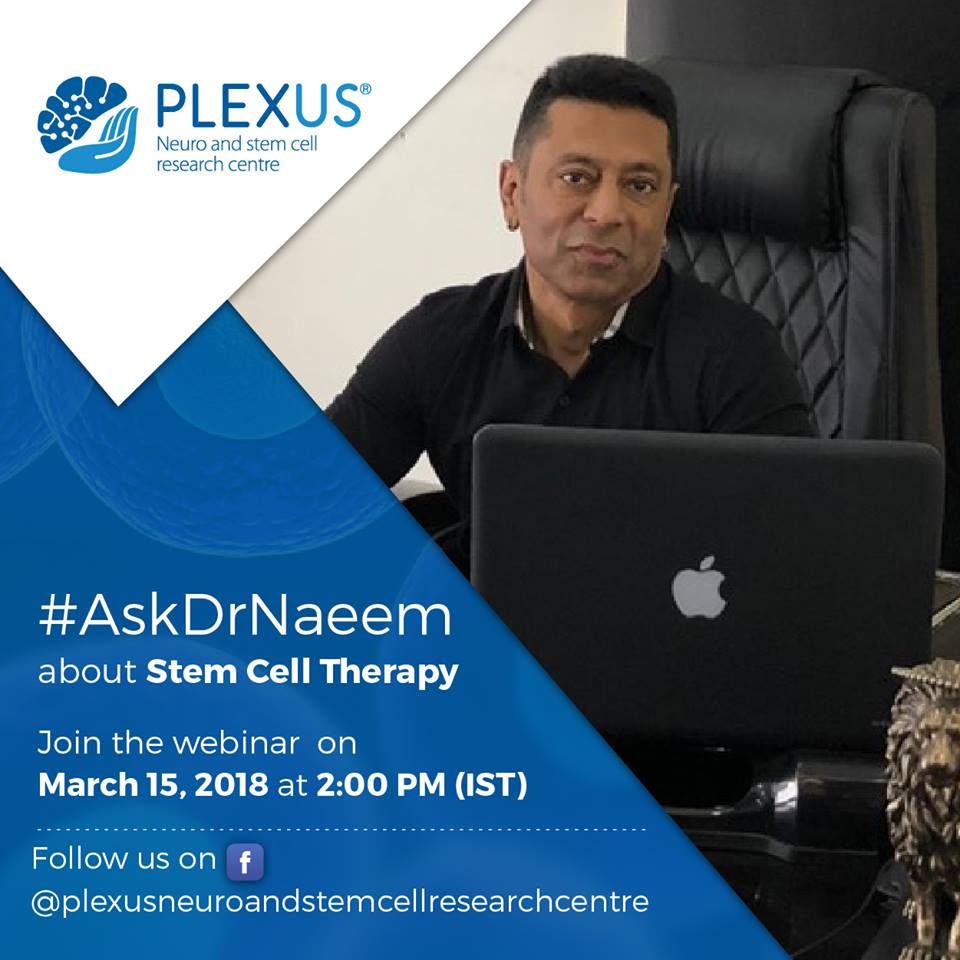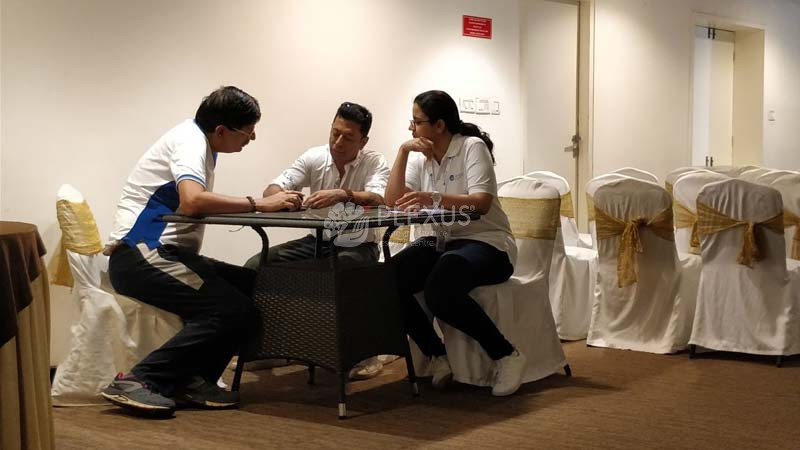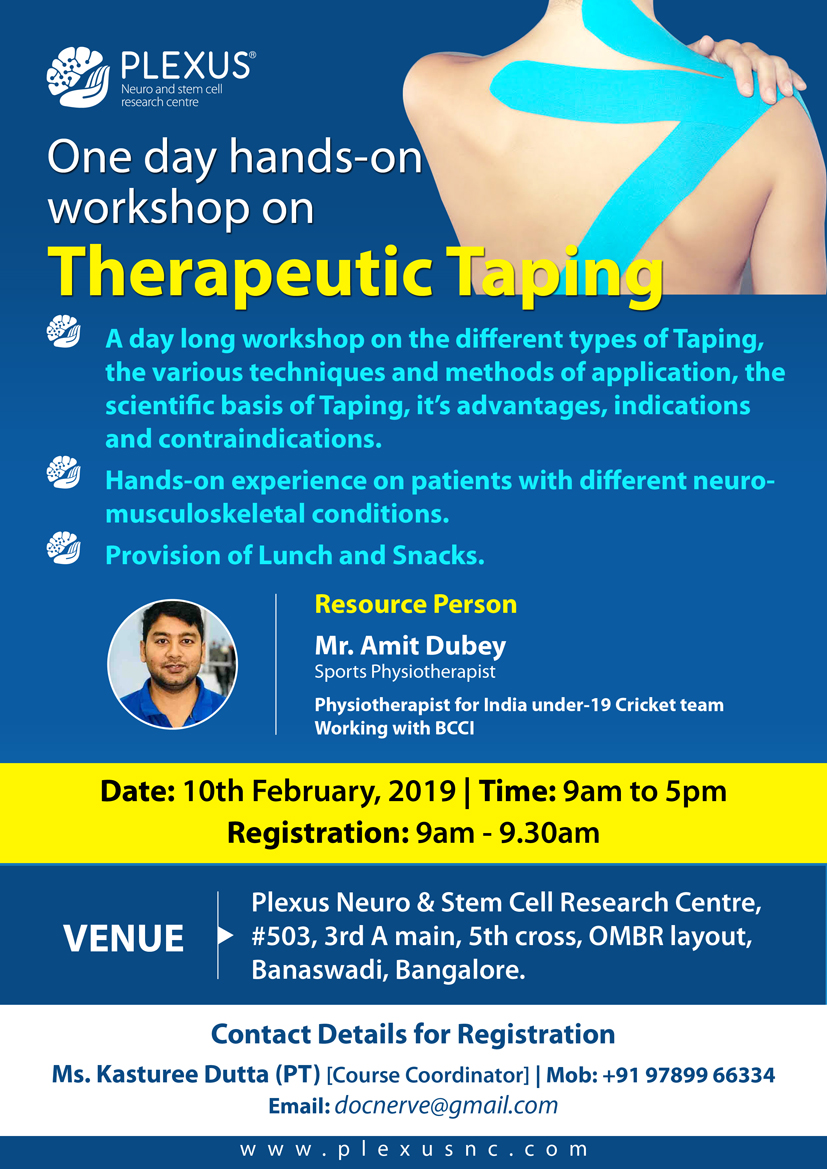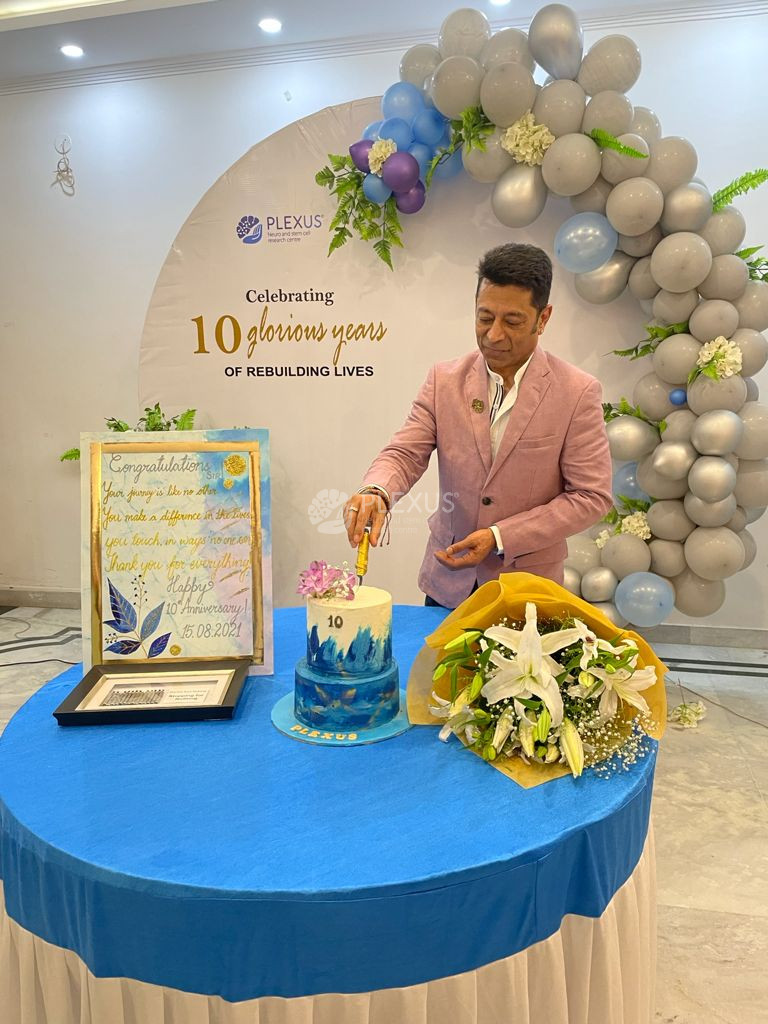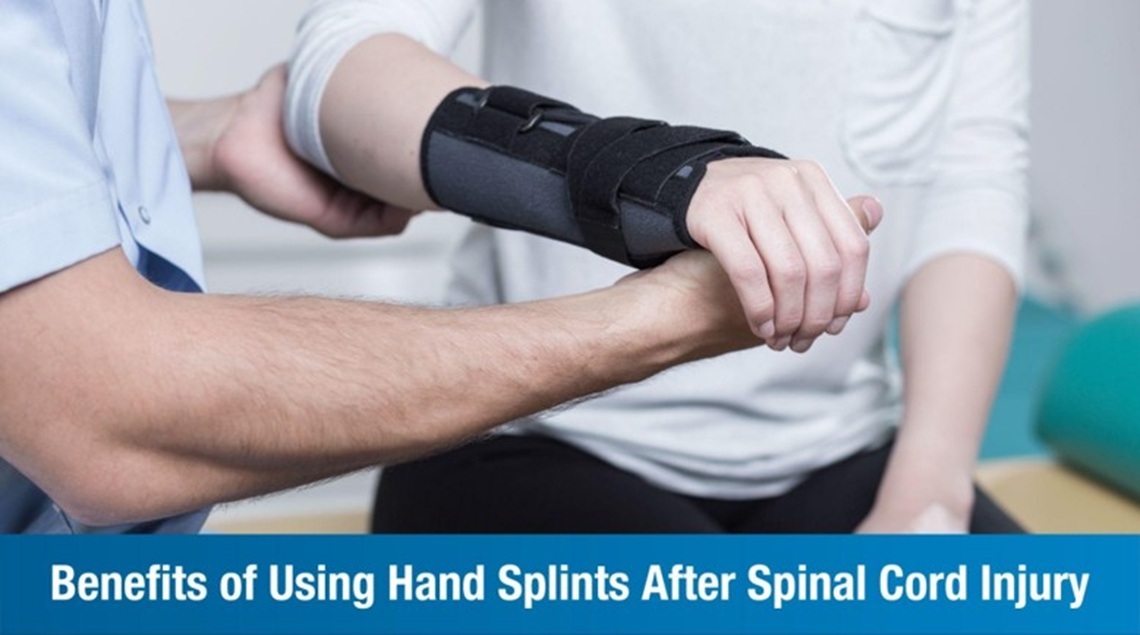
Enhancing Hand Function After Spinal Cord Injury with Custom Splinting Solutions
For patients recovering from spinal cord injury (SCI), maintaining hand function is crucial for regaining independence. At Plexus, we’ve seen how hand splints for spinal cord injury make a significant difference in preserving hand structure and preventing complications during rehabilitation.
For individuals with cervical injuries, hand function represents the gateway to independence in daily activities – from self-care to communication. Without proper intervention, hands can quickly develop patterns that limit function. This is where hand splints for spinal cord injury become essential tools in the recovery journey.
Our Plexus specialists provide customized splinting solutions designed to address your specific challenges while supporting your unique recovery goals.
Why Hand Splints Are Essential After Spinal Cord Injury
At Plexus, we understand that regaining hand function is a top priority for patients recovering from spinal cord injuries. Our specialized therapy programs include comprehensive solutions for maintaining and improving upper limb function, with hand splints for spinal cord injury playing a crucial role in the rehabilitation process.
How spinal cord injury affects hand and upper limb function
Spinal cord injuries (SCI) can significantly impact the neural pathways that control hand and arm movement. Depending on the level and completeness of the injury, patients may experience:
- Muscle weakness or paralysis
- Decreased sensation
- Spasticity (involuntary muscle contractions)
- Loss of fine motor skills
- Reduced grip strength
- Changes to muscle tone and coordination
These changes not only affect daily independence but can lead to physical changes in the hand’s structure over time if not addressed properly.
Risks of joint deformities and contractures without support
Without proper positioning and support, the hands of SCI patients often develop problematic patterns:
- Joints become fixed in non-functional positions
- Muscles and tendons shorten, limiting range of motion
- Wrist drop and finger flexion contractures develop
- Thumb adduction (movement toward palm) becomes permanent
- Flattening of the palm’s arch occurs
These deformities can become permanent if left untreated, making future rehabilitation significantly more challenging. At Plexus, our therapists emphasize early intervention with hand splints for spinal cord injury to prevent these complications.
What are hand splints and how do they help?
Hand splints are custom-fitted orthotic devices designed to support the hand and wrist in functional or resting positions. For SCI patients, they serve multiple purposes:
- Maintaining proper joint alignment
- Preventing shortening of muscles and soft tissues
- Supporting weak muscles against gravity
- Reducing spasticity through sustained positioning
- Optimizing the hand’s functional capabilities
Plexus therapists customize each splint to address the specific needs of individual patients, ensuring maximum benefit during the recovery journey.
Top Benefits of Hand Splints for SCI Patients:
Maintaining hand structure and joint alignment
When neural control is compromised, gravity and muscle imbalances can pull joints into dysfunctional positions. Benefits of hand splints after SCI include preserving the natural arches of the hand and preventing collapse of the wrist and finger joints. This structural maintenance is essential for both comfort and potential functional recovery.
Preventing muscle overstretching and spasticity
After SCI, some muscles may become hypertonic (too tight) while others become flaccid (too loose). Custom splints from Plexus provide balanced support that prevents weaker muscles from being stretched beyond their physiological length while also helping to manage spasticity through sustained positioning and sensory feedback.
Supporting tenodesis grasp and improving range of motion
For many patients with cervical spinal cord injuries, tenodesis grasp (the automatic finger closing that occurs when the wrist extends) becomes a crucial functional mechanism. Properly designed splints can position the wrist and fingers to optimize this natural mechanism, which is key to improving hand function after SCI.
Enhancing comfort and reducing pain in resting position
Proper positioning reduces strain on joints, alleviates pressure points, and prevents painful stretching of soft tissues. This improved comfort is especially important during sleep and rest periods, allowing patients to focus on rehabilitation activities during therapy sessions at Plexus.
Types of Hand Splints Used for SCI Recovery:
Resting hand splints
These splints maintain the hand in a natural, slightly cupped position with the wrist slightly extended. At Plexus, we often recommend these for nighttime use to prevent contractures and maintain joint mobility during periods of inactivity.
Wrist extension splints
These provide support to the wrist joint, preventing wrist drop while allowing finger movement. They’re particularly beneficial for patients with C6-C7 level injuries who have active wrist extensors but weak finger control.
Tenodesis splints
Specifically designed to optimize tenodesis grasp function, these splints position the wrist in extension while allowing controlled finger movement. Plexus therapists carefully adjust these splints to maximize functional grasp for each patient’s unique needs.
Opponens splints (short/long)
These splints focus on maintaining the thumb in a functional opposition position, critical for pinch and grasp functions. The short version supports just the thumb, while the long version may include wrist support as well.
MCP blocking and typing splints
These specialized splints block the metacarpophalangeal joints (knuckles) in a slightly flexed position while allowing movement of the fingertips. They’re particularly useful for patients who need assistance with typing or other fine motor activities during rehabilitation at Plexus.
How Splints Improve Hand Function After SCI
Promoting better grip and dexterity
Properly positioned joints create the mechanical advantage needed for remaining muscle function to generate effective grip forces. At Plexus, our therapists work closely with patients to adjust splints that maximize the effectiveness of available muscle strength, significantly helping to improve hand function after SCI.
Supporting rehabilitation exercises
Splints can serve as training tools during therapy sessions, providing just enough support to allow successful completion of exercises while still challenging the muscles appropriately. This balance is critical for neurological recovery and muscle strengthening.
Daytime vs nighttime splinting benefits
Different splinting schedules serve different purposes:
- Daytime functional splints support active participation in daily activities
- Nighttime resting splints prevent contractures and maintain tissue length
- Part-time wearing schedules balance protection with the need for movement
Plexus therapists develop individualized wearing schedules based on each patient’s specific needs and recovery stage.
Personalized Splinting Programs at Plexus
At Plexus, we believe there is no one-size-fits-all approach to hand splinting after spinal cord injury. Our certified hand therapists conduct comprehensive evaluations to determine:
- The specific pattern of muscle strength and weakness
- Presence of spasticity or flaccidity
- Current joint range of motion and risk areas
- unctional goals important to the patient
- Daily activities that require hand use
Based on this assessment, we create a customized splinting program that evolves with the patient’s recovery, ensuring optimal support at every stage of rehabilitation.
Best Practices for Using Hand Splints
For maximum benefits of hand splints for SCI, we recommend:
- Following the wearing schedule precisely as prescribed
- Removing splints regularly to check skin condition
- Performing range of motion exercises when splints are removed
- Keeping splints clean and dry
- Reporting any discomfort or skin issues immediately
- Returning for regular adjustments as hand status changes
Our Plexus therapy team provides detailed instruction on proper splint care and use, ensuring patients and caregivers feel confident in the splinting program.
Need help with hand function recovery after spinal cord injury? Contact Plexus today for a personalized consultation on hand splints for spinal cord injury and comprehensive rehabilitation services.
📞 WhatsApp: +91 89048 42087
📍 Hyderabad: +91 78159 64668 | 📍 Bangalore: +91 93555 33404
FAQs
What are the benefits of using hand splints after spinal cord injury?
The primary benefits of hand splints for SCI include preventing joint contractures, maintaining proper alignment, managing spasticity, supporting weak muscles, and optimizing remaining function. At Plexus, we’ve seen how proper splinting can significantly impact both short-term comfort and long-term functional outcomes.
Which type of hand splint is best after spinal cord injury?
The best splint depends entirely on the individual’s injury level, remaining function, and rehabilitation goals. Plexus therapists may recommend different types of hand splints for spinal cord injury throughout the recovery process, often starting with resting splints and progressing to more functional options as appropriate.
Can hand splints help improve hand function after SCI?
Yes, splints can significantly improve hand function after SCI by maintaining joint integrity, supporting weak muscles, managing spasticity, and optimizing biomechanical advantage for remaining muscle function. When properly designed and fitted by Plexus specialists, splints become valuable tools in the rehabilitation process.
When should hand splints be used after a spinal cord injury?
Splinting typically begins in the acute phase after injury to prevent early contractures and continues throughout rehabilitation, with modifications as needed. The specific wearing schedule depends on individual factors, but most Plexus patients use splints both during therapeutic activities and rest periods.
Does Plexus offer custom hand splints for SCI recovery?
Yes, Plexus specializes in custom-fabricated hand splints designed to meet each patient’s unique needs. Our certified hand therapists create splints from low-temperature thermoplastic materials that can be precisely molded to the patient’s hand for maximum comfort and effectiveness. These custom solutions are far superior to one-size-fits-all commercial options for most SCI patients.


